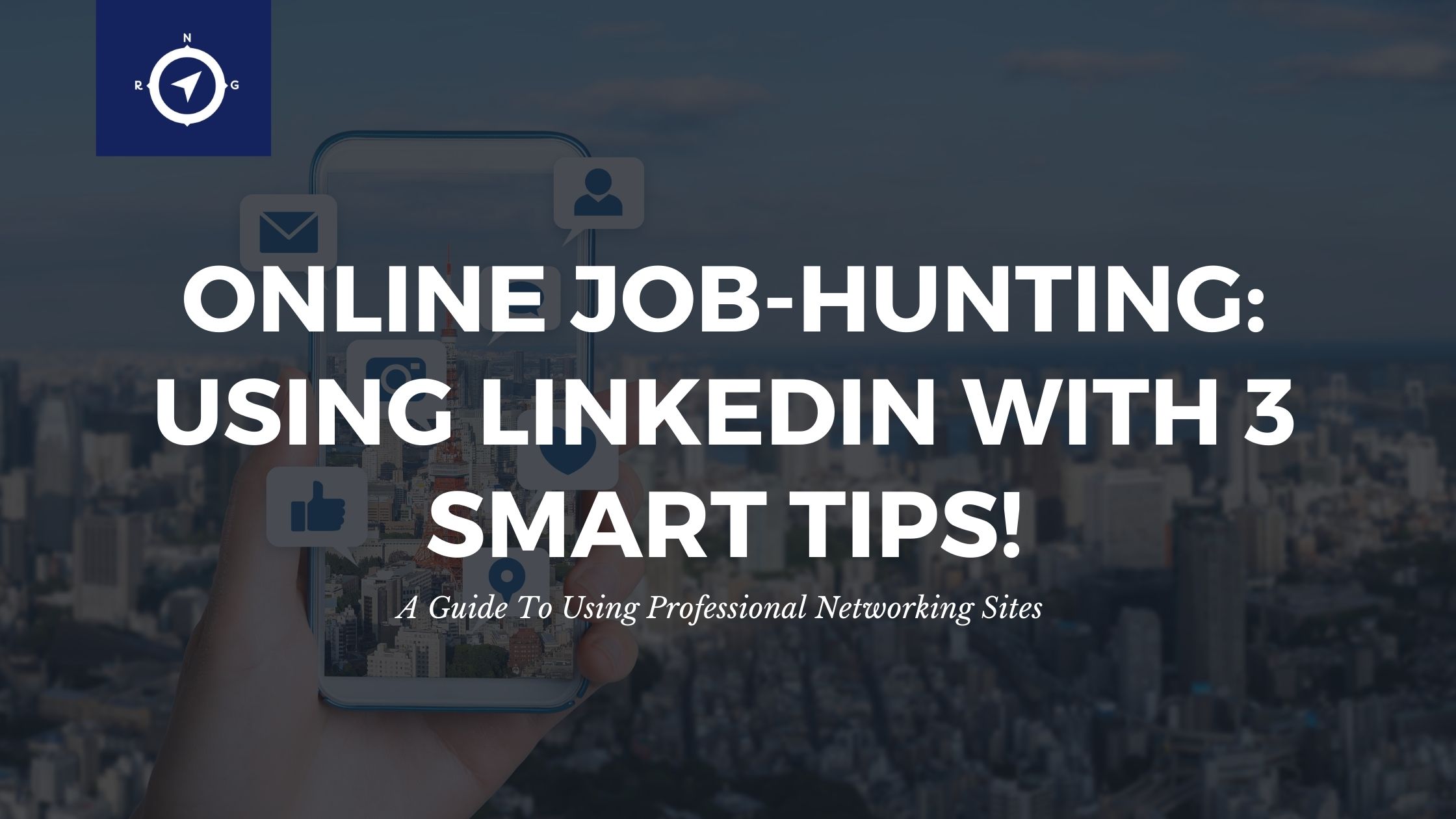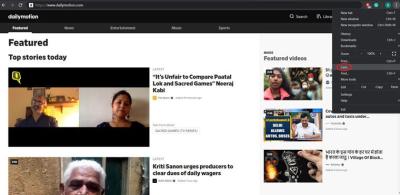In today's ever-changing job market, many people are left wondering whether LinkedIn is still a valuable platform for networking and job hunting. With new social media sites popping up all the time, does LinkedIn still hold its ground? This blog post dives into the evolution of
The Evolution of LinkedIn

LinkedIn started its journey in 2003 as a simple online resume tool. Over the years, it has transformed into a comprehensive social network for professionals. Here’s a breakdown of its evolution:
- Initial Concept (2003): Created as a platform to connect professionals and allow them to showcase their skills and experience.
- The Addition of Features (2005-2010): LinkedIn introduced features like recommendations, endorsements, and job posting, allowing users more ways to connect and showcase their talents.
- Mobile App Launch (2011): The launch of the mobile app made LinkedIn accessible on-the-go, which broadened user engagement and ensured professionals could connect anytime, anywhere.
- Acquisition by Microsoft (2016): This acquisition brought new resources and features, integrating LinkedIn with Microsoft tools like Outlook and Office, thus enhancing networking capabilities.
- Content and Learning (2018-Present): LinkedIn has emphasized content sharing with posts, articles, and videos. They also launched LinkedIn Learning, emphasizing skill development.
Today, LinkedIn combines job hunting, networking, and professional development all under one roof. Whether you’re a seasoned professional, a recent graduate, or someone looking to switch careers, LinkedIn has something to offer, continuing to adapt to user needs and trends. Its ongoing evolution reflects the dynamic nature of the job market and the importance of professional connections.
Current Features and Tools for Networking
LinkedIn has evolved over the years to become a powerhouse in professional networking, constantly introducing new features and tools designed to enhance user experience. If you're looking to expand your network or maintain connections, here are some current features you should know about:
- LinkedIn Groups: These are virtual communities centered around shared interests or industries. Joining relevant groups allows you to connect with like-minded professionals, engage in discussions, and share valuable insights.
- Direct Messaging: This tool enables you to reach out to connections directly, making it easy to rekindle relationships or establish new ones without the formality of an email.
- LinkedIn Events: You can create or join events related to your profession, offering a great opportunity to network with industry peers, even if they are remote events. This feature is perfect for meeting new people who share your interests.
- Recommendations and Endorsements: Asking for recommendations and endorsements can help showcase your skills. This builds your credibility and can encourage others to connect with you.
- Content Sharing: Sharing articles, updates, and personal anecdotes helps to keep your connections engaged. It also positions you as a thought leader in your field, attracting professionals who want to connect with you.
These features collectively create an inviting environment for networking and communication, making LinkedIn a go-to platform for professionals seeking meaningful connections.
Job Hunting on LinkedIn: An Overview
Job hunting on LinkedIn has transformed into a sophisticated process, and the platform offers a wealth of resources to help job seekers find their perfect match. Here’s an overview of how to make the most of these opportunities:
- Job Alerts: You can set up job alerts based on your preferences, so you are notified as soon as positions that match your criteria are posted. This helps you be among the first to apply.
- Job Listings: LinkedIn hosts a wide range of job listings from various companies, allowing you to filter by industry, location, and role. Plus, you can see if you have any connections at the organization, which can be a great icebreaker.
- Easy Apply: Many job postings feature the "Easy Apply" option, enabling you to submit your application with just a few clicks, making the application process quicker and more efficient.
- Company Research: You can explore company pages to gather insights on their culture, values, and job openings. This helps you tailor your applications to be more aligned with what they seek.
- Networking Opportunities: Reaching out to current or former employees at your target companies can provide insider information and potentially help your application rise to the top.
With these tools and features at your disposal, job hunting on LinkedIn can be not just efficient but also a truly engaging experience. Leverage them to increase your chances of landing that dream job!
5. Comparing LinkedIn with Other Networking Platforms
When it comes to professional networking and job hunting, LinkedIn often stands out. But how does it stack up against other platforms? Let’s dive into some comparisons that highlight LinkedIn’s unique features and benefits.
1. User Base:
LinkedIn boasts over 900 million members, a diverse crowd of professionals across various industries. This sets it apart from platforms like Facebook or Twitter, which primarily focus on social interactions. In contrast, platforms like Meetup can be great for local networking events, but they lack the extensive global reach.
2. Professional Focus:
LinkedIn is inherently tailored for career development, skill sharing, and professional advancement. Unlike Instagram, where visuals reign supreme, LinkedIn enables users to share articles, insights, and professional accomplishments, fostering deeper professional discussions.
3. Job Postings:
When it comes to job hunting, LinkedIn has a dedicated job search feature that compiles listings from various industries. While platforms like Glassdoor focus on salary transparency and company reviews, they lack the community and interaction that LinkedIn provides.
4. Networking Opportunities:
LinkedIn allows users to connect with industry leaders and peers through direct messaging, endorsements, and recommendations. Comparatively, platforms like Slack offer fantastic networking capabilities within specific communities but are less effective for expanding your professional network outside those circles.
5. Learning Resources:
One feature that sets LinkedIn apart is LinkedIn Learning. It provides a vast library of courses that can enhance your skills, unlike Twitter, which is mainly conversation-driven.
In summary, while each platform has its own strengths, LinkedIn remains a powerhouse for professional networking and job hunting due to its focused user base, job listings, and comprehensive resources.
6. Success Stories: Networking and Job Hunting via LinkedIn
Let’s look at some inspiring success stories that showcase how effective LinkedIn can be for networking and job hunting. These real-life examples illustrate the platform’s potential to connect people and create wonderful opportunities.
1. From Job Seeker to Employee:
A recent college graduate landed their dream job at a top tech firm through LinkedIn. They uploaded an engaging profile that highlighted their skills and internships. By actively joining relevant groups and participating in discussions, they caught the attention of a recruiter, who later reached out. This particular individual was pleasantly surprised to hear from a hiring manager, leading to a successful job interview.
2. Unlocking Opportunities through Networking:
Another fantastic story comes from a mid-career professional seeking to transition from marketing to product management. By connecting with industry leaders and attending virtual networking events hosted on LinkedIn, they built a strong network. This approach ultimately led to mentorship opportunities and a job offer at a well-respected company. The individual highlights that regular engagement with their network kept them visible in the eyes of their new employer.
3. Building a Brand:
A freelance graphic designer utilized LinkedIn to showcase their portfolio. By sharing project insights and connecting with businesses in need of design work, they grew their client base significantly. Many of their clients found them through thought leadership posts that demonstrated their expertise, establishing credibility and generating leads.
4. Turning Networking into Advocacy:
Finally, a career coach who actively utilized LinkedIn not only helped individuals find jobs but also reinforced their personal brand. By sharing success stories and writing articles on career advice, they gained recognition, ultimately leading to paid speaking engagements and consulting opportunities.
These success stories are just a glimpse into how powerful networking and job hunting can be on LinkedIn. Whether you’re fresh out of college, looking to pivot your career, or even seeking to build your brand, LinkedIn provides a platform rich with potential.
Challenges and Limitations of LinkedIn
While LinkedIn is a powerful tool for networking and job hunting, it’s not without its challenges and limitations. Understanding these can help you better navigate the platform and maximize your experience. Let’s delve into some of the main issues users might encounter.
- Information Overload: With millions of users and endless posts, it can be overwhelming to sift through the content. Users may find it difficult to filter out the noise to get to the valuable information they need.
- Fake Profiles: One of the downsides of a vast platform is the presence of fake or spammy profiles. These can clutter your network and make it hard to identify genuine connections.
- Limited Reach: Depending on your connections' activity, your posts may not reach a large audience beyond your immediate network, which can limit visibility.
- Algorithm Challenges: Like any social media platform, LinkedIn uses algorithms that can sometimes obscure your content. Understanding how to best engage can be tricky.
- Premium Features: LinkedIn offers various premium features that require a subscription, which can be a barrier for users who want access to advanced functionalities.
- Professional Standards: Maintaining a professional demeanor is crucial. For some, this can stifle personality and make interactions feel stiff or forced.
Considering these challenges is essential to navigate LinkedIn effectively for your job seeking and networking goals.
Conclusion: The Future of LinkedIn in Professional Networking
So, what does the future hold for LinkedIn? As a platform that has woven itself into the fabric of professional networking, it doesn’t seem to be going anywhere anytime soon. Here are some thoughts on its trajectory:
- Expansion of Features: LinkedIn consistently updates its platform, adding new tools for users, such as live video or stories. This suggests a commitment to keeping the platform relevant.
- Remote Work Dynamics: With more people working remotely than ever before, LinkedIn is likely to continue evolving to cater to this audience, possibly with enhanced networking opportunities.
- Increased Focus on Engagement: As the platform moves towards creating a more engaging user experience, professionals might find new ways to connect and share.
- Greater Emphasis on Learning: LinkedIn Learning has grown substantially, highlighting a shift towards skills development as part of networking and job hunting.
In conclusion, while there are challenges associated with LinkedIn, its relevance in professional networking remains strong. Its future seems promising, provided that it continues to evolve and adapt in the rapidly changing job landscape. Ultimately, leveraging LinkedIn effectively can open doors to new opportunities and connections that can shape your professional journey.










